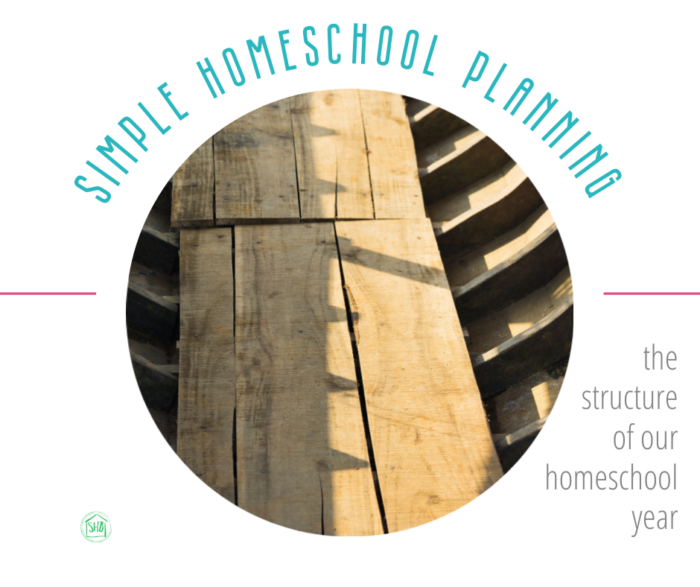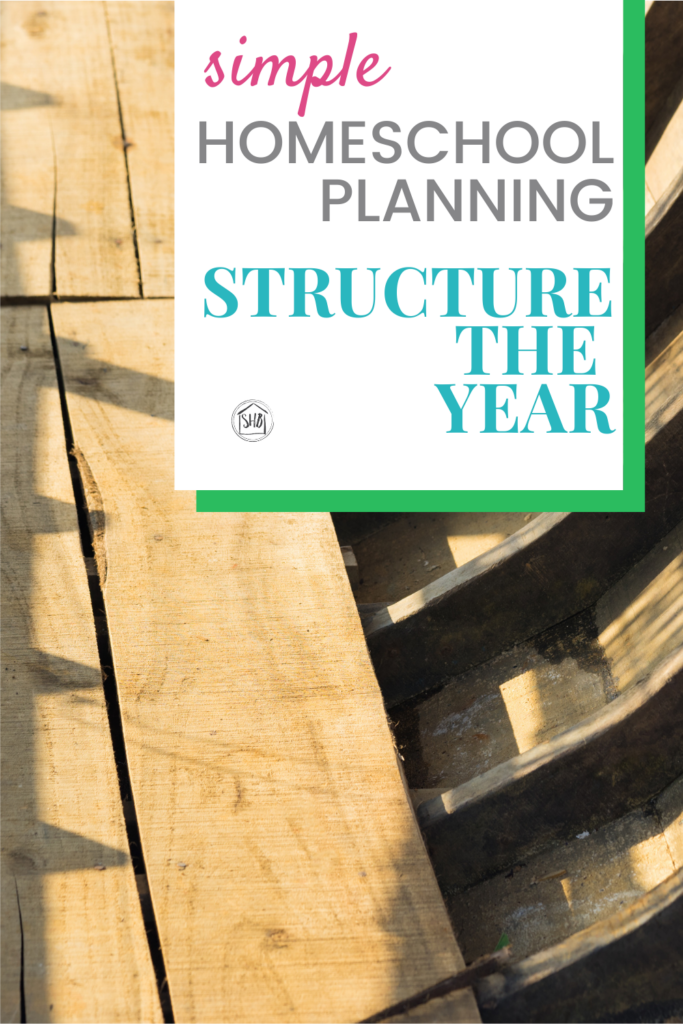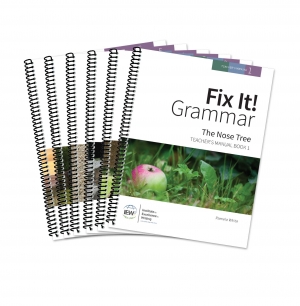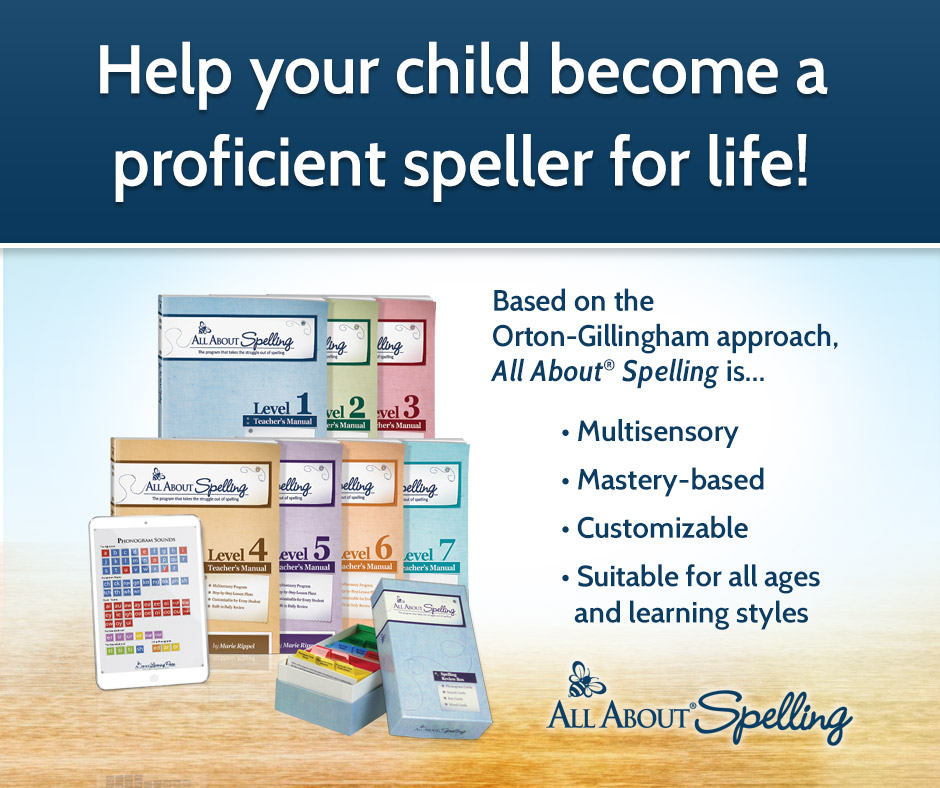
I started teaching myself to play the piano a couple of weeks ago. My husband bought me a beautiful keyboard for Christmas and I have been playing it diligently almost every day. It is delightful and difficult – the learning curve is steep! And as with any learning endeavor, it is taking some serious time to settle in and gain confidence.
Our early days and months (and if, I am being accurate years) of homeschooling were full of the fits and starts of early learning. Routines came slowly. Turns out diligence has a learning curve, too. It took a long time to settle into our homeschool.
I have written about it before, but I have never laid out the details of our year. Well-meaning to get around to it, I have started to have requests from readers to detail our homeschool a bit more. I guess it’s time to let you know the nitty-gritty of our year.
This post may include affiliate links. If you click and make a purchase based on my recommendation, I get a small remuneration at no extra expense to you. I only recommend things I use and believe to be a blessing.
When I Plan Our Homeschool Year
First off, I plan at a particularly odd time of year. I plan for our school year in April. Following the leading of the Holy Spirit led me to that a number of years ago. The fruit of that particular follow-the-leader has been evident in how He has superintended our years since. So for the time being, I will be sticking with April.
Alright, so around the first week in April, we finish our first term for the calendar year. And we take a break – I’ll detail that directly. The much-needed break gives me plenty of opportunities to stack up all the resources slowly and evaluate their fit into our homeschool. I take about a month to plan my year. It is methodical, it is detailed, and it includes this planner.
How I Structure Our Homeschool Year
We are on what I call a “modified year-round schedule.” We live in the desert of Southern California where the summer is so hot we are forced inside. I figure we should do something profitable with all that time indoors.
The year-round part of our schedule is also due to my kids actually thriving with structure and learning – a discovery we had very early on with my oldest. (See our One Year Old Preschool for evidence of her need for learning opportunities at an early age)
The year is structured according to the Charlotte Mason terms – three in number. So you could also call them trimesters if you like. We have a Winter, a Fall, and a Summer Term around here. The Winter Term runs from approximately the second week in January to the first week in April. Summer Term picks up the first week in May and runs to the latter part of July. And Fall Term is our “Back to School” term, running from late August/early September until late November (maybe the first week of December).
This rough schedule offers the months of April, August, and December off each year. We still do family read-alouds and our Gathering during those months, but I do not require any sort of formal education during those months.
Terms and How they Work in Our Homeschool
Our oldest two students are the only ones doing a formal, structured homeschool day at this point. Our younger two still have lots of learning opportunities but their education is child-led at this point. I do not require a checklist to be completed in order to feel accomplished.
A quirk of our homeschool is my students are very close to one another, age and grade-wise. They are 16 months apart – to the day – and the younger one is only 2 school terms behind the elder. They started off further apart, but the younger excelled (and continues to) in her early days. Once the younger one (W) is in “4th grade” and the elder one (G) is in “5th grade” I am going to combine their schooling completely and they will work together through school.
In the meantime, they are on completely different terms as a result of their staggered “school years.” Thus, my elder (G) is currently set for on Term 2 of her 4th-grade year and the younger (W) is currently set to start Term 1 of her 3rd-grade year. This makes almost no difference in the daily schedule of the students until we get to our Summer Term.
Fall and Winter are Different than Summer
Our Fall and Winter Terms are structured along a 4-day homeschool week. We are active members of our local Classical Conversations community, whose schedule roughly coincides with our already settled Fall and Winter term dates. Thus the fifth day of our week is devoted to Community Day during those terms.
In a typical year, our Classical Conversations community will have a mid-term break (after weeks 6 and 18). And in a typical year, we do not take that break. We continue on with our regular homeschool work during that week, meaning we are usually finished with our term before the CC term is complete. I like finishing before Thanksgiving (if we can) and before the end of year activities CC offers, if possible.
The Fall and Winter Terms are more structured and strict than our Summer Term. Since Classical Conversations does not meet during the summer, we make our weeks even lighter, reducing them to a 3-day week. I tell the kids that if we work hard on those 3 days to complete our work, we will enjoy the reward of a long weekend every week. Relaxing a bit more is the goal for everyone. I say, “If we can get it done in three days, great – we can all be happy. If we can’t, we will do it in four. And if we can’t do it in 4, Mama’s not going to be happy.”
The unexpected benefit of switching to the slower-paced Summer Term each year is the realization that if we can accomplish our workload in three days during summer, we can definitely handle the same workload in four during the other two terms. In fact, it can make the work seem easier to handle when we move back to the 4-day weeks.
Looking Ahead in Homeschool Planning
Now that I have laid out the parameters, or the structure of our year, it’s time to build up from there. The pillars of our Homeschool Year are the two curricula from which I take inspiration – Ambleside Online and Classical Conversations. I will talk about those pillars and how we use them in the next posts in what is quickly becoming a series.















This Post Has 2 Comments
I would love to see a what a week of your filled out planner looks like. This would be so helpful to me. thanks.
Hi Julie, I have an article in the series that has a peek inside my planner. It is publishing tomorrow! Hope it is helpful.